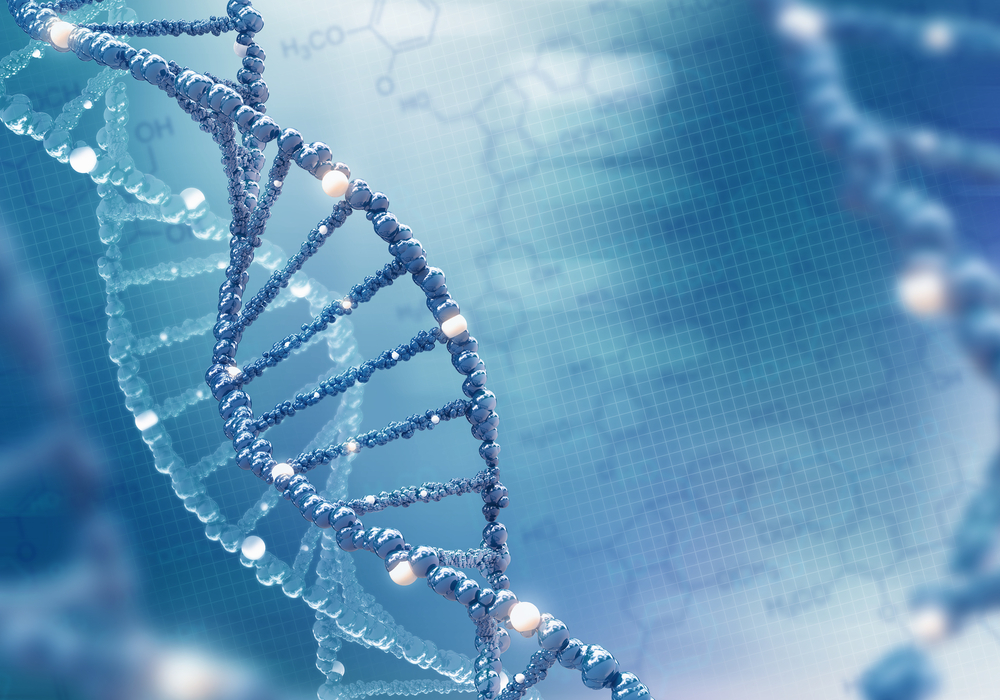Galafold has Positive Effect on Fabry Patients with Amenable Mutations, Study Shows

Amicus Therapeutics‘ Galafold (migalastat) provides clinical benefit to patients carrying amenable Fabry disease mutations, regardless of disease severity, a Phase 3 trial shows.
The findings of the study, “Efficacy of the pharmacologic chaperone migalastat in a subset of male patients with the classic phenotype of Fabry disease and migalastat-amenable variants: data from the phase 3 randomized, multicenter, double-blind clinical trial and extension study,” were published in Genetics in Medicine.
Fabry disease is a rare genetic disorder caused by mutations in the GLA gene — located on the X chromosome — that provides instructions for the production of an enzyme called alpha-galactosidase A (alpha-GAL A). These mutations typically affect the function of alpha-GAL A, leading to the accumulation of a type of fat called globotriaosylceramide (GL-3) in tissues and organs.
Nowadays enzyme replacement therapies (ERT) — a treatment in which a faulty enzyme is replaced by a healthy one to compensate for its lack of activity — are considered the gold standard for patients with Fabry disease.
“However, response to treatment is dependent on several factors including disease severity, and the amount of organ damage present at treatment initiation. Furthermore, lifelong, biweekly intravenous ERT infusions are a burden, which can result in delayed treatment initiation and reduced compliance,” researchers noted.
Unlike ERT, Galafold, a first-in-class oral chaperone therapy, binds to dysfunctional “amenable mutant” forms of alpha-GAL A, stabilizing its structure and partially restoring its activity. The therapeutic effectiveness of Galafold on patients carrying amenable Fabry disease mutations has been demonstrated in two Phase 3 clinical trials: FACETS (NCT00925301) and ATTRACT (NCT01218659).
In this study, researchers focused on assessing the clinical benefits of Galafold for male patients with the classic symptoms of Fabry disease (multiple organ involvement and alpha-GAL A activity less than 3%) who participated in the FACETS trial, compared to all remaining male and female patients who did not meet the classic disease manifestation criteria.
Kidney, heart and gastrointestinal (GI) tract function were assessed from baseline up to 24 months of Galafold treatment with the estimated glomerular filtration rate (eGFR), left ventricular mass index (LVMi) and the Gastrointestinal Symptoms Rating Scale diarrhea subscale (GSRS-D), respectively. In addition, the levels of GL-3 accumulated in patients’ kidneys and blood plasma levels of globotriaosylsphingosine (a molecule similar to GL-3, lyso-Gb3) were also measured.
In total, the study analyzed data from 14 male patients with classic Fabry disease, four male patients with non-classic Fabry disease and 32 female patients. Baseline clinical data suggested that patients with classic disease manifestations had more severe symptoms compared to patients with non-classic Fabry disease.
After 24 months of treatment with Galafold, kidney function stabilized, the size of the heart decreased, GI tract function improved and plasma levels of lyso-Gb3 lowered in patients with classic Fabry disease compared to baseline.
After six months of treatment with Galafold, depositions of GL-3 in patients’ kidneys significantly decreased in comparison to placebo, in which they increased. This was resolved once patients switched from placebo to Galafold.
“The results presented here provide additional evidence for the beneficial effects of migalastat in male patients with the classic phenotype — the most severe form of Fabry disease. In vitro assay data suggest that all patients with Fabry disease and amenable variants, including those with the classic phenotype [symptoms shown], would benefit from migalastat treatment, as migalastat increases alpha-GAL A activity in (…) cells expressing the mutated enzyme,” researchers stated.
“This hypothesis is supported by our data, which demonstrate reduction in cardiac mass, improvements in GSRS-D, stabilization of eGFR, reduction in [kidney] GL-3 inclusions, plasma lyso-Gb3, and alpha-GAL A activity in male patients with the classic phenotype treated with migalastat for up to 24 months,” they concluded.






